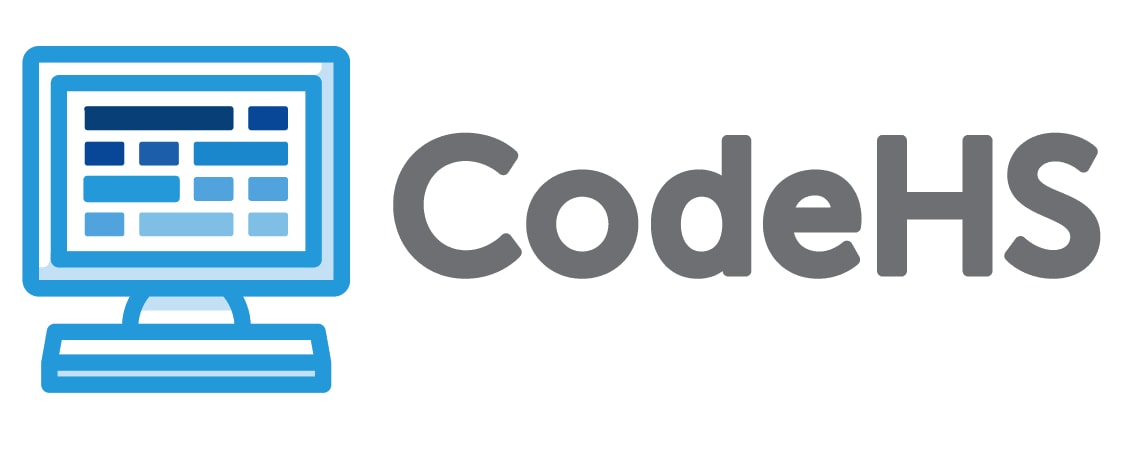This comprehensive cybersecurity course is designed for students with an interest in the cybersecurity field. It is the first course in the cybersecurity pathway and will prepare students for an advanced cybersecurity course and/or cybersecurity certification(s). Students should have some exposure to computer science, but there are no specific course prerequisites. Students will learn cybersecurity topics including digital citizenship and cyber hygiene, software security, networking fundamentals, system administration and the basics of cryptography and programming, all through the CodeHS web-based platform.


